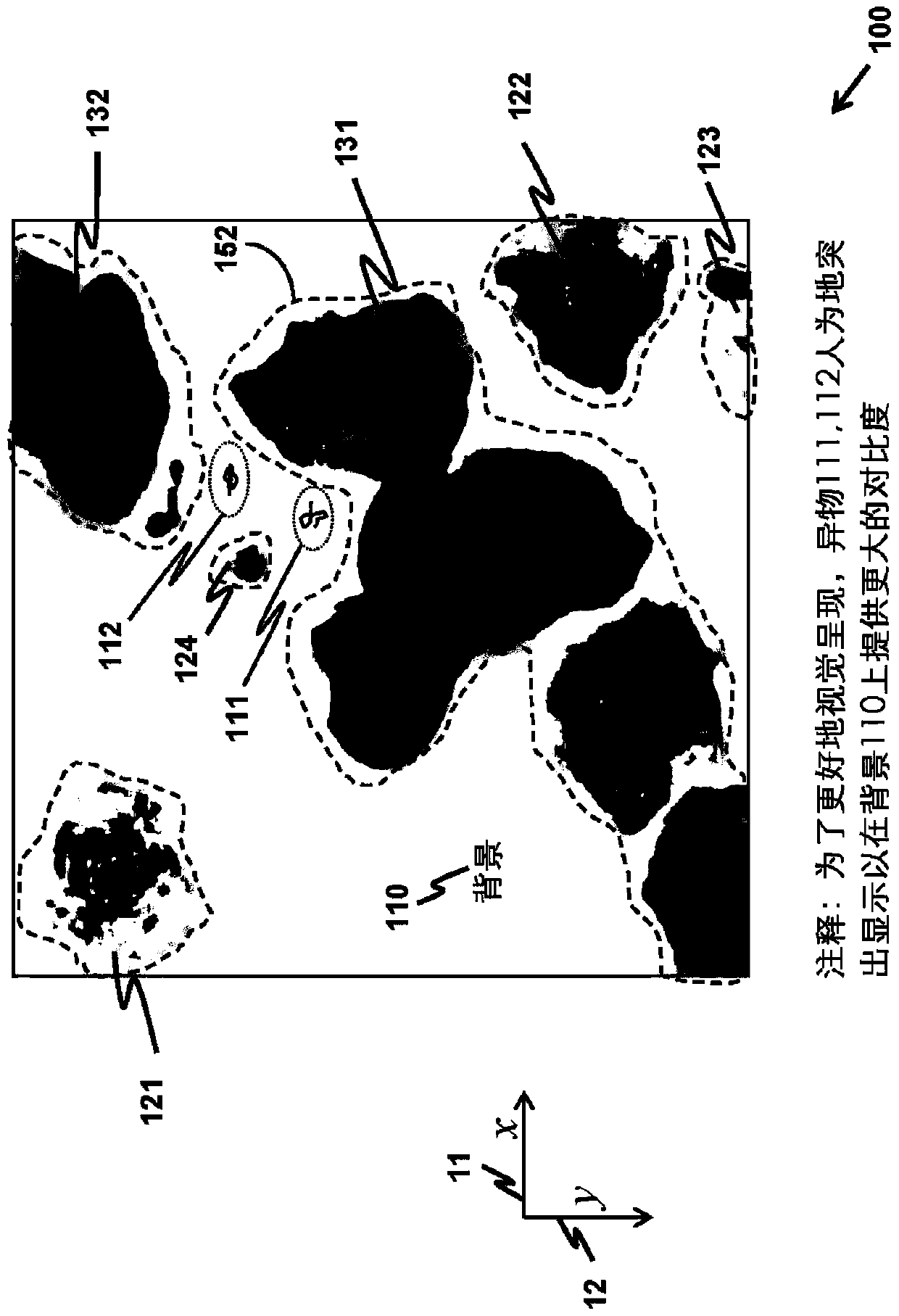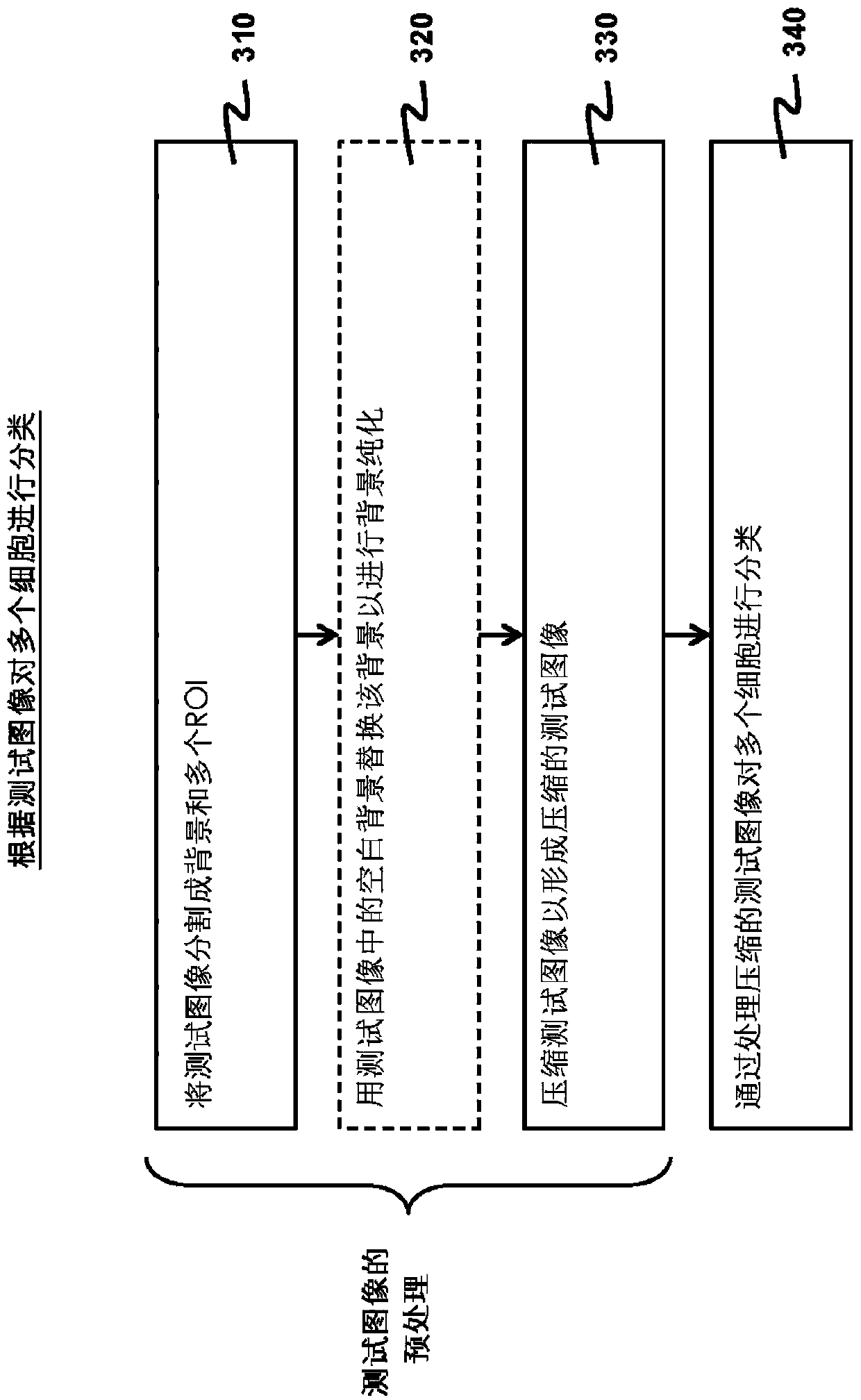Image preprocessing for accelerating cytological image classification by full convolutional neural network
A convolutional network and cell technology, applied to biological neural network models, neural architectures, instruments, etc., can solve problems such as re-optimization difficulties, low computational efficiency, and destruction of inherent parallelism
- Summary
- Abstract
- Description
- Claims
- Application Information
AI Technical Summary
Problems solved by technology
Method used
Image
Examples
Example Embodiment
[0062] As used herein, a test image means an image that is processed or intended to be processed by FCN for classification. In addition, in the specification and appended claims, it should be understood that "an image containing cells" means that the image contains sub-images of cells, rather than the image containing physical cells.
[0063] In the convolutional layer of FCN, the volume generated for the input image or the usual 2D data array is obtained by sliding the 2D filter on the input image and generating a single product sum each time the position of the filter on the input image stops. A sequence of products. The "stride" as commonly understood in the art is the number of pixels that the filter jumps from one position to the next immediately next position. For example, the stride value may be 2 or less, and the usual value is 3.
[0064] As will be shown soon, the test image is usually a color image with multiple color channels. In the convolution calculation, each col...
PUM
 Login to view more
Login to view more Abstract
Description
Claims
Application Information
 Login to view more
Login to view more - R&D Engineer
- R&D Manager
- IP Professional
- Industry Leading Data Capabilities
- Powerful AI technology
- Patent DNA Extraction
Browse by: Latest US Patents, China's latest patents, Technical Efficacy Thesaurus, Application Domain, Technology Topic.
© 2024 PatSnap. All rights reserved.Legal|Privacy policy|Modern Slavery Act Transparency Statement|Sitemap



